The Seine River is Paris’ most beautiful avenue and one of the main reasons to visit Paris. The River Seine in Paris winds its way through the heart of the city, bisecting it from east to west. One of the most famous French Rivers, the Seine River, is the origin of Paris, and the city’s development is uniquely tied to the River.
A stroll along the Seine River banks on a sunny day is a wonder: majestic historical buildings reflected on its waters, typical Parisian rooftops, and the Seine bridges, each one with a unique style . . . but also the iconic bouquinistes, improvised picnics by locals dangling their feet over the water, and even a crazy beach area in the summer! At sunset, take a Seine night cruise to enjoy the City’s top monuments’ nocturnal revival: magical atmosphere guaranteed.
Here’s all about the Seine River in Paris, from its geography and things to do along the River banks to some curious facts about the River Seine.
Are You Planning a Trip to Paris Last Minute?
If you are booking a last-minute trip to Paris, I’ve got you covered! Below are our guides, top tours, hotels, and more:
» Plan: Paris Travel Planner; Paris Arrondissements Guide; Check out the best Paris Metro tickets for tourists
» Book your flight tickets with Omio; book your train tickets with Omio
Book your transfer from the airport to the city with Welcome Pickups.
» Where to Stay: Best Districts to Stay in Paris
- Le Pavillon de la Reine (historical 5-star hotel in Le Marais)
- Hotel La Comtesse (mid-range hotel with Eiffel Tower view from all the rooms!)
- Hotel Ducs de Bourgogne (super central 4-star hotel near the Louvre)
» Top-Rated Paris Tours & Tickets:
- Louvre Museum Skip-the-Line Ticket
- Eiffel Tower Summit Access Ticket
- Seine River Night Cruise
- Château de Versailles and Gardens
- Catacombs Skip-the-line tour with VIP access to restricted areas
Want skip-the-line access at museums & attractions in Paris? Get your hands on a Paris Museum Pass!
» Don’t leave without travel insurance! SafetyWing Essential plan works well for long and short trips (from 5 days up). Can also cover electronics theft through their add-on.
Origin of the River Seine
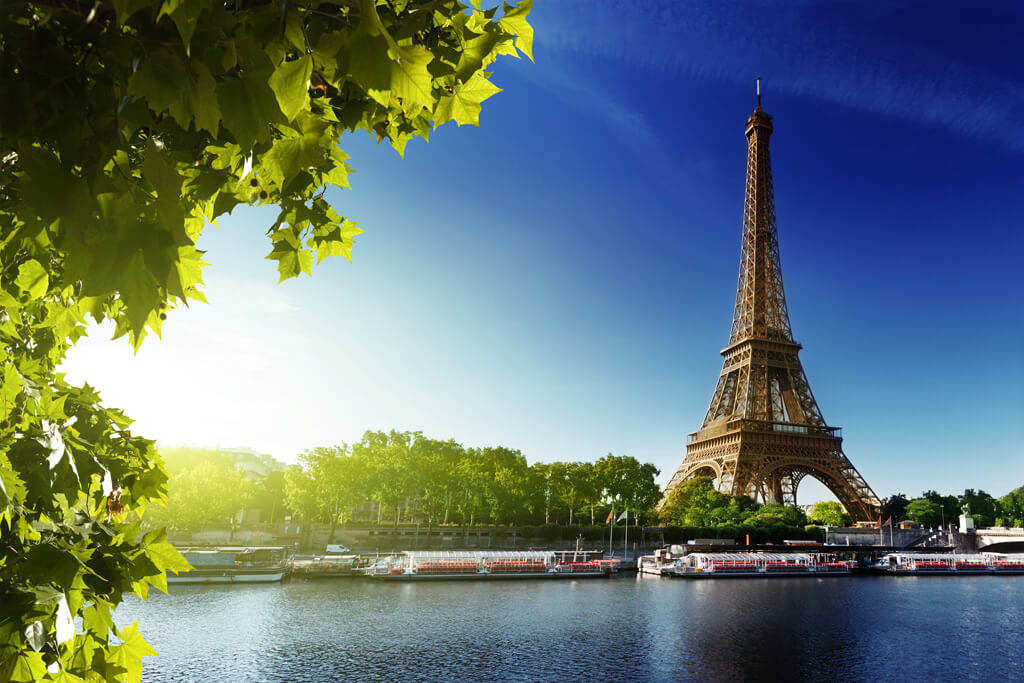
The River Seine is entirely associated with Paris, but its origin is far from the city! The Seine River has its source at Source-Seine, in Burgundy, about forty kilometers from Dijon. In 1865, an artificial cave was built by architects Victor Baltard, Gabriel Davioud, and Combaz. Since 1866, the statue of a nymph symbolizing the River has lived in this cave.
The site is known in particular for the remains of the Gallo-Roman sanctuary dedicated to the goddess Sequana, from who the Seine River took its name.
The temple is currently buried. However, the excavation campaigns from 1963 to 1967 have made it possible to find the sacred channeled spring and two basins intended for the ablutions of the pilgrims coming to the sanctuary to deposit their ex-votos there. The objects found on the site are displayed in the Archaeological Museum of Dijon.
Seine River Itinerary
Long 777 kilometers, the famous river in Paris is the second longest river in France. At the source, the Seine is a small stream. Then, it crosses fourteen departments, meandering through valleys and meadows: Côte d’Or, Aube, Marne, Seine-et-Marne, Paris, Yvelines, Essonne, Val-d’Oise, Hauts-de-Seine, Val-de-Marne, Seine-Saint-Denis, Eure, Seine-Maritime, and Calvados.
On the way, the Seine River grows thanks to its many tributaries, such as the Oise, the Aube, and the Marne, gradually becoming the substantial river we know.
The section of the River that bisects Paris is quite short: only 13 km. In the French Capital, the largest point is 200m, near Pont de la Grenelle, and the narrowest point is 30m, at Quai de Montebello.
After Paris, the Seine River also baths beautiful towns and cities like Auvers-sur-Oise, Les Andelys, and Rouen. Finally, the Seine flows into the English Channel at Le Havre (and Honfleur on the left bank).
Rive Droite vs. Rive Gauche
In Paris, you will often hear about Paris Rive Gauche and Paris Rive Droite, the two Seine River banks: when facing downstream, the northern bank is to the right, and the southern bank is to the left.
Historically, the Rive Droite, or Right Bank of the Seine River, was the synonym of elegance and sophistication, while the Rive Gauche, or Left Bank of the Seine River, was bohemian Paris.
Things to Do on the Seine River, Paris
Here are the main Seine River attractions and the best things to do along Paris’ most beautiful avenue!
1. Watch the Sunrise on the Seine

For the early risers, head down to the Seine River just before dawn and be rewarded with a spectacular sunrise over Paris. One of the best spots to watch the sunrise over the Seine River is from the gorgeous Pont Alexandre III, where you’ll have one of the best views of the Eiffel Tower.
2. Take a Seine River Walk
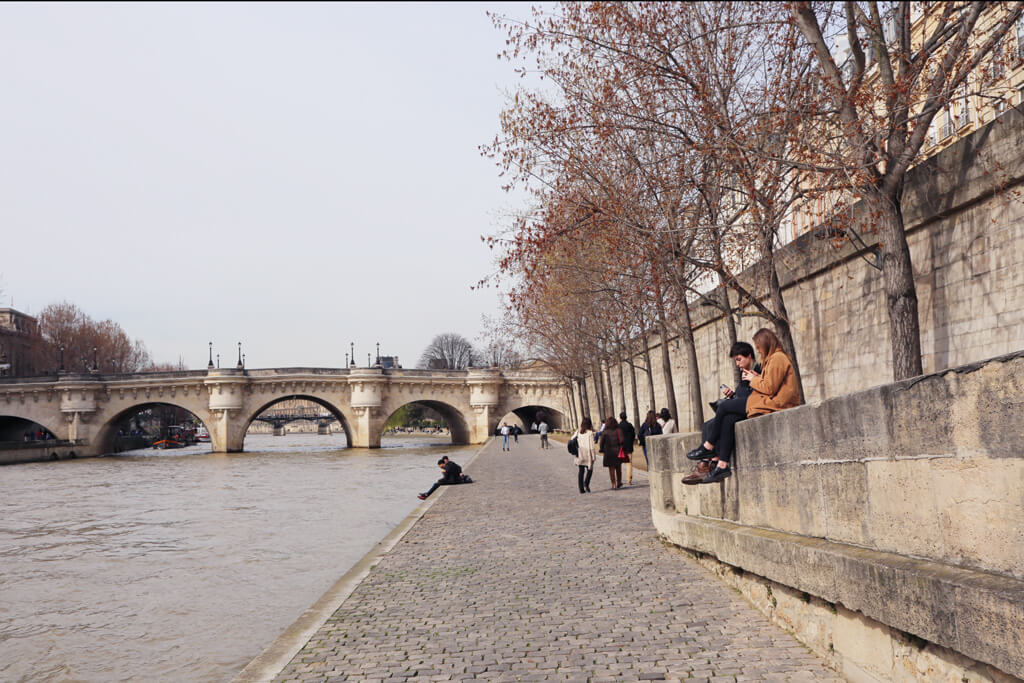
With 2.3 kilometers of car-free walkways right along the Seine, from the Musée d’Orsay to the Pont de l’Alma, Les Berges de la Seine (Seine River banks) is one of the best places for a stroll in Paris. It is also one of the favorite evening locales, offering some of the best views of Paris.
Admire the beautiful Seine River bridges, from the iconic Pont Neuf (the oldest one, despite its name) to the Pont des Arts or the magnificent Pont Alexandre iii.
The section close to the magnificent Pont Alexandre iii, in particular, is bustling with outdoor terraces and barge bars, perfect for an after-work apéritif with friends or a romantic soirée.
Les Berges de la Seine has been listed as UNESCO World Heritage since 1991.
3. Browse the Bouquinistes’ Stalls along the Seine
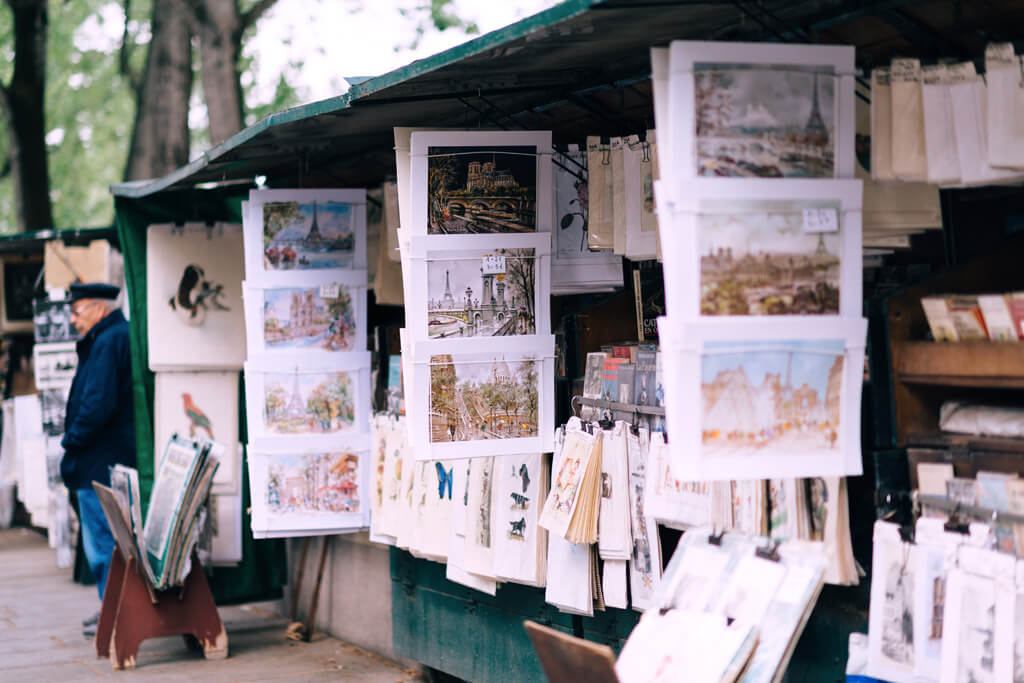
As you walk along the Seine River, you can’t miss the numerous bouquinistes stalls. These stalls sell various items, such as second-hand books, magazines, and artwork. This is the perfect place for tourists to come and purchase a few souvenirs.
The tradition of selling used books along the Seine started in the 16th century and is now a UNESCO World Heritage Site.
4. Visit the Islands in the Seine River
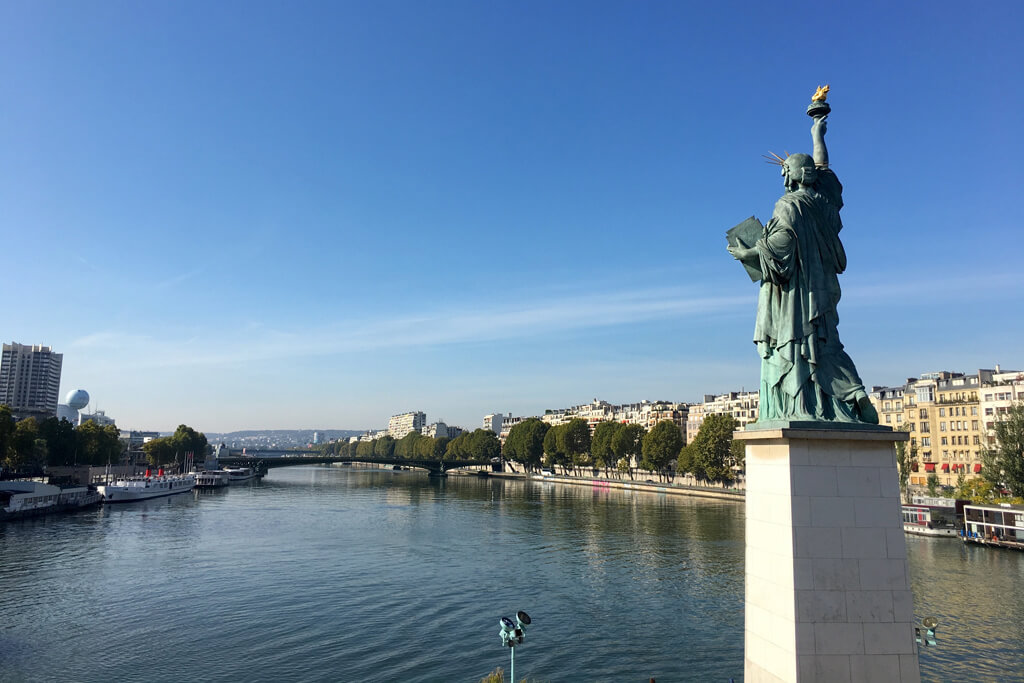
There are three Seine islands in Paris: Ile de la Cité, Ile Saint-Louis, and Ile aux Cygnes.
Ile de la Cité occupies part of Paris 1 and Paris 4. It is one of the first settlements of Lutetia – Roman Paris. Later, Ile Saint Louis was the heart of the Civil and Religious power in Medieval Paris and hosts top tourist attractions like Notre Dame Cathedral, the Saine-Chapelle, and the Conciergerie.
Ile Saint Louis dates from the 17th century and occupies part of Paris 4. Ile Saint-Louis has no great monuments, but it is incredibly charming and a must-see for every first trip to Paris.
Ile-aux-Cygnes is located between Paris 15 and Paris 16, and it was built in the 19th century as a warehouse for the Port de Grenelle. Today, it is a charming place for a promenade and hosts one of the Statues of Liberty in Paris, inaugurated for the anniversary of American Independence in 1889. At that time, it turned its back on the United States, and it was not until 1937, when the island hosted the center of the colonies of the Universal Exhibition, that the statue found its current orientation, facing west.
5. Take a Seine River Cruise
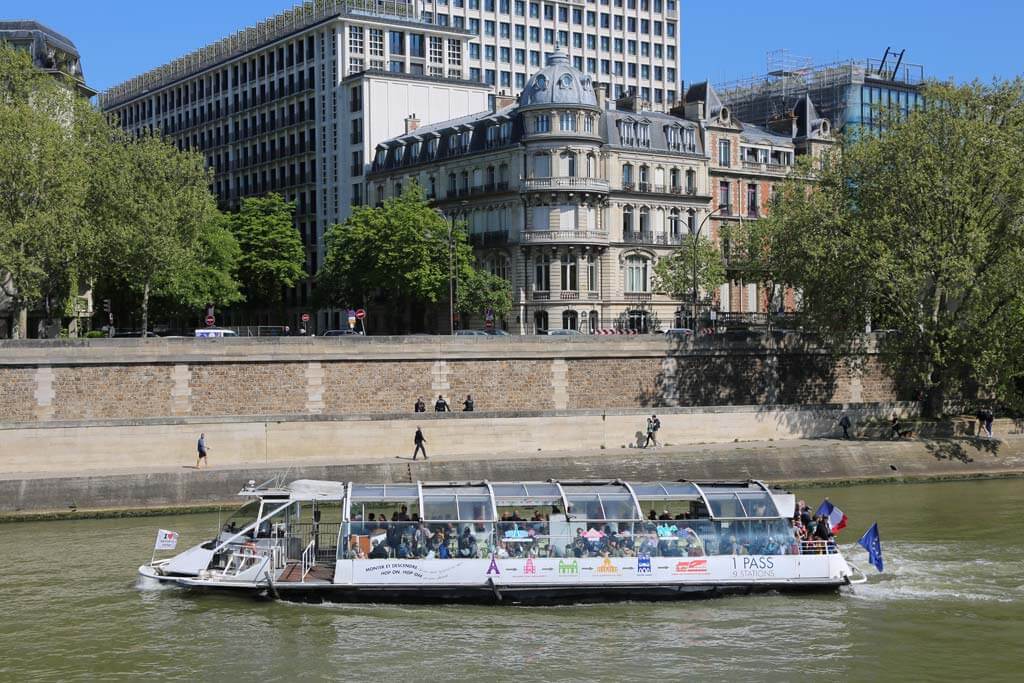
Sailing the Seine River is one of the best things to do in Paris, and you will find different Seine River Cruises to choose from. You could even combine a river cruise with a few drinks, lunch, or a dinner cruise for something extra special.
If you wish to see all the Paris city lights on a Seine River night cruise, check out the sunset times in Paris during your visit (spoiler: quite late during summer in Paris)
6. Rent a Boat and Craft your Seine Boat Tour
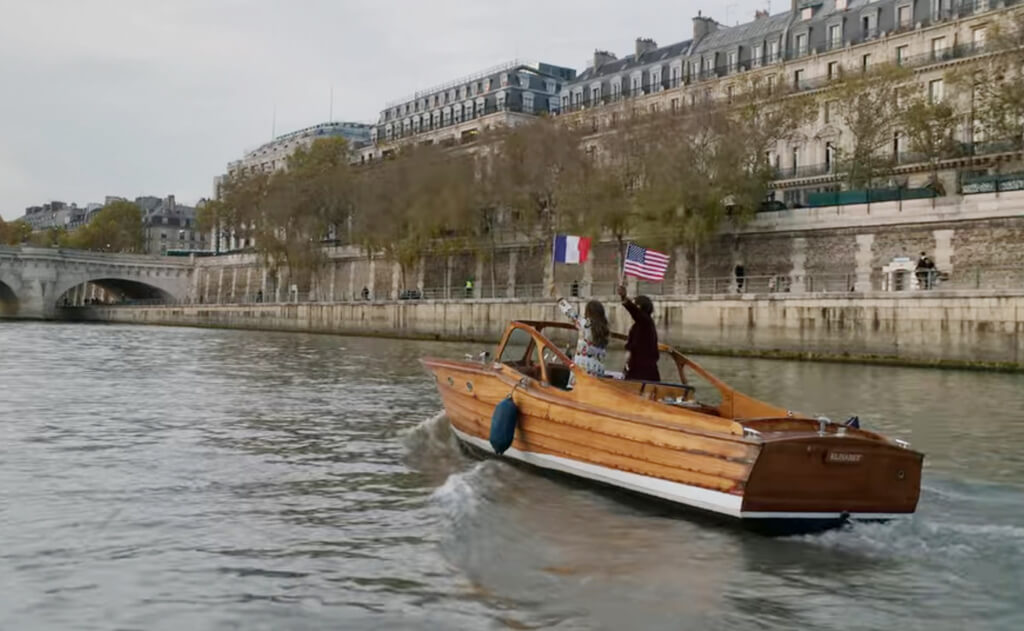
Why follow the tourist crowds if you can craft your own Paris Seine boat tour? Rent a boat in Paris and plan a day out admiring the city from the water or partying with your friends.
Given that Paris is a very popular holiday destination, there are plenty of boats available to rent. Keep in mind, however, that during the high season in the summer, there are many tourists in the city, so we recommend booking well in advance to find the perfect boat for you.
To drive a boat in Paris, you must have a coastal license if the motorboat has more than 6 horsepower. Moreover, a license extension is also required to drive on rivers (fluvial). If you don’t have the necessary documents, rent a boat with a skipper.
7. Admire the Most Iconic Landmarks of Paris
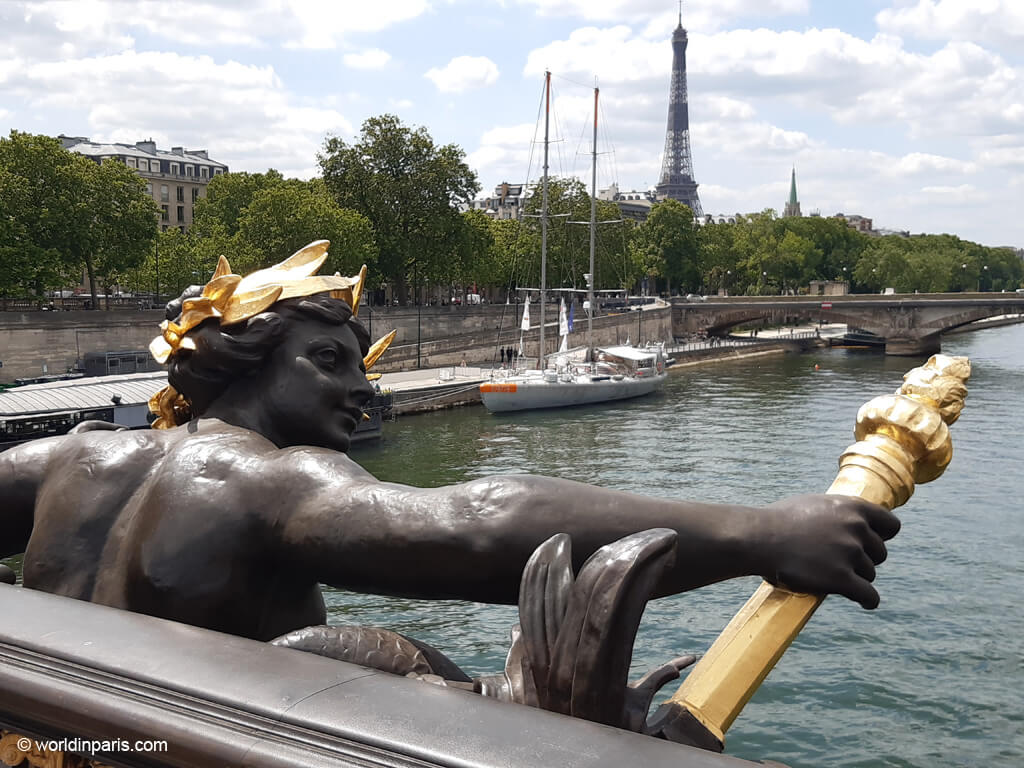
Along the Seine River, you will find some of the most iconic landmarks of Paris, such as Notre Dame Cathedral, the Egyptian Obelisk, the Grand Palais, the Tour Eiffel, Les Invalides, and more.
A good idea to visit these to jump on a Batobus, a kind of hop-on-hop-off Seine River cruise with different stops along the River. Batobus tickets are valid for the day, so you can stop when you please and hop on the boat again after the visit.
8. Beach Time at Paris Plage!
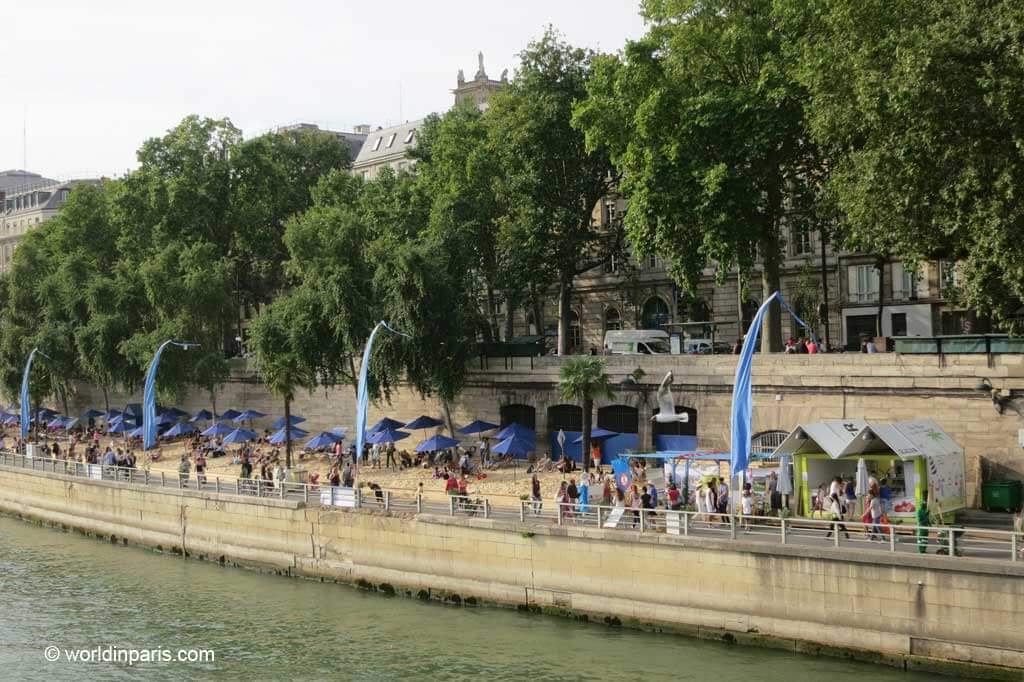
Every summer in Paris, the Seine River banks and the banks of the Bassin de la Villette are invaded by colorful umbrellas, deckchairs, and beach stands. These artificial beaches in Paris – known as Paris Plages (Paris Beach) – are the perfect place to hang around with family and friends or drink rosé wine under the sun.
This event usually takes place from the second week of July to the end of August. For the exact dates, check out our quick guides to Paris in July or Paris in August.
9. Visit the Musée des Egouts
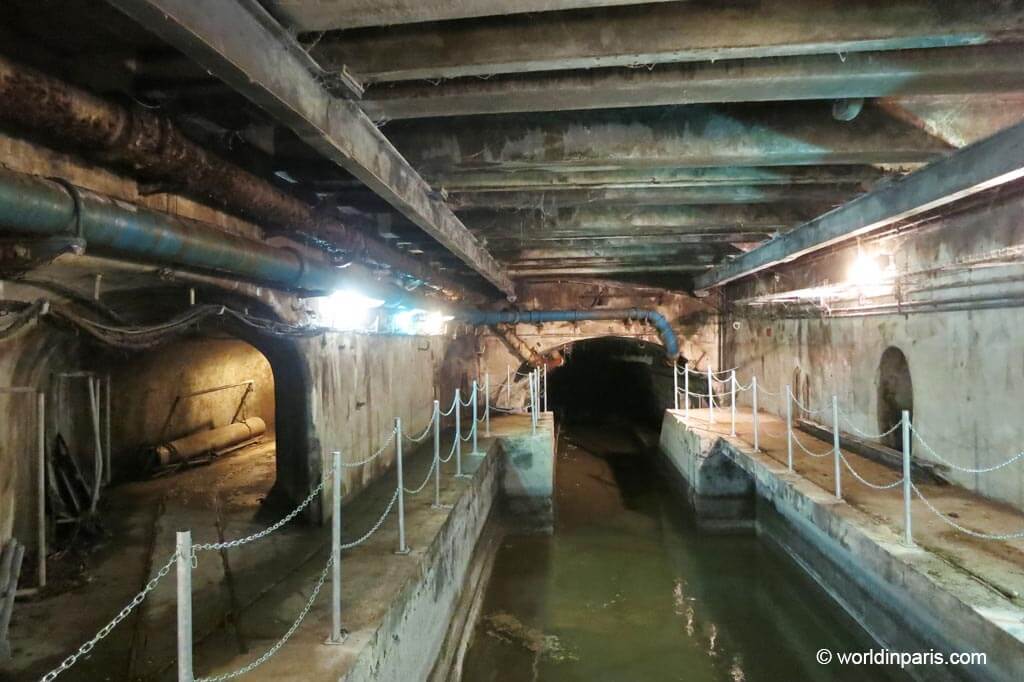
One of the city’s hidden gems, the Paris Sewer Museum, details the history of the sewer system in Paris along 500 m of tunnels, from the former Roman city of Lutetia to its current installations. The history of the sewers is explained in a very pedagogical way, all in parallel with the history of Paris.
The museum also details sewer workers’ roles and water treatment methods. Last but not least, you can learn more about drinking water in Paris.
10. Dance Tango by the River Seine in Paris
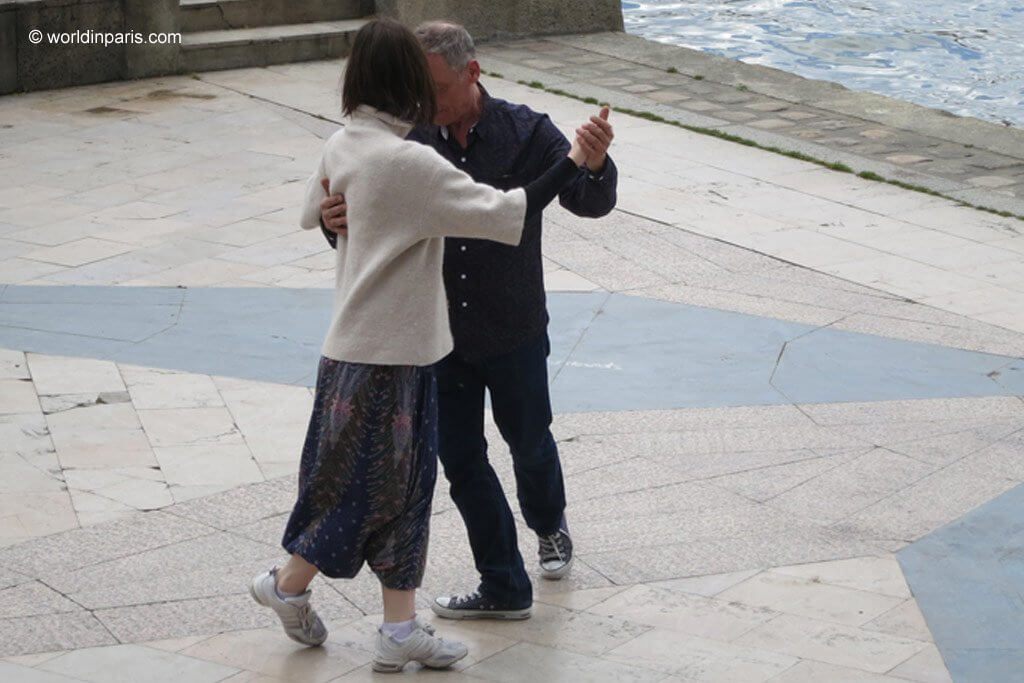
One of the most romantic places in Paris is the stretch along the Seine River in the fifth Arrondissement, mainly thanks to the gorgeous views of the south side of Ile Saint-Louis and Notre Dame. Drift a bit further east along the river, and you will come to an improvised dance floor with the rhythms of Argentinean tangos.
Spend an enjoyable evening dancing (or just watching) some passionate tangos by the River Seine before a romantic meal somewhere in the Latin Quarter.
Curious Facts about the Seine River in Paris
Here’s the list of the most curious facts about the Seine River, from quirky findings to giant catches and an imposing river watcher.
Seine River Paris: Odds & Ends
- 777km total length, 13km through Paris
- 30 m to 200 m large; 3 m to 6 m deep
- 3 river islands
- 245 bouginistes along the Seine River banks
- 1991 – UNESCO lists the Berges de la Seine as World Heritage
- 2002 – First year of Paris Plages
- 1910 – last centennial flood. The water level was 8,62 m (at the height of the Zouave’s shoulders)
- 12 transportation lines cross the Seine in Paris. 9 lines are underground
- 37 bridges over the Seine in Paris and 4 footbridges
- 5 fish species identified in 1960; 25 fish species identified today
- 2,30 m and 90 kg for the biggest fish fished in Paris (catfish)
The Seine River is not the only River in Paris
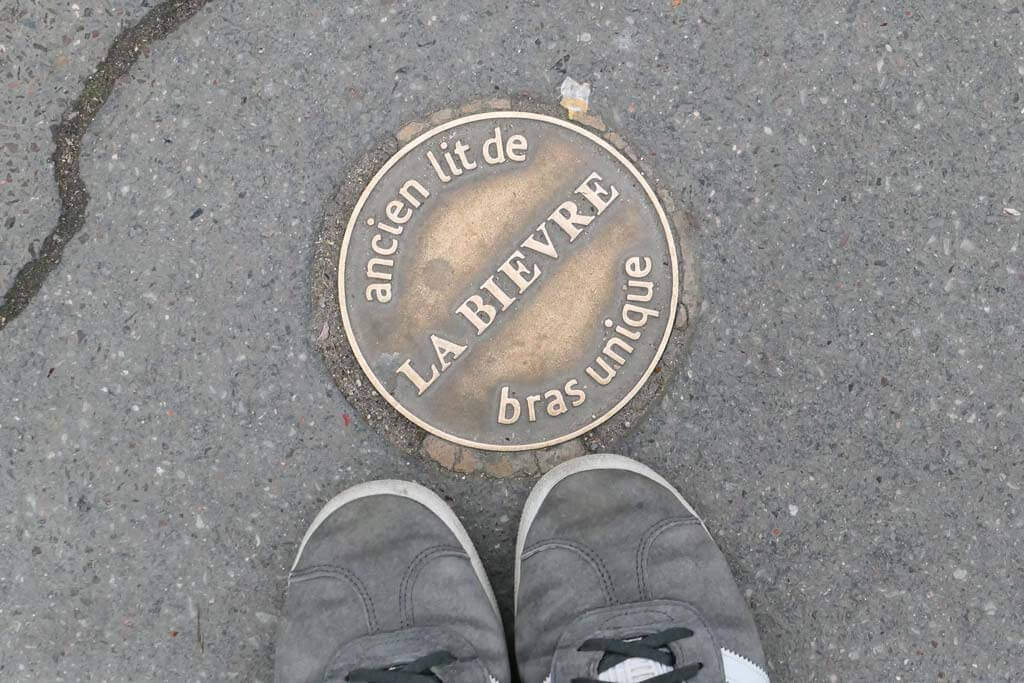
La Bièvre, or Bièvre River, is the second river running through Paris. The Bièvre River flows through the current districts of Paris 13 and Paris 5, even if we cannot see it! Read the fascinating history of this Paris river and all the plans to bring it back to the surface.
The Sources of the Seine River in Burgundy are the Property of Paris
Even if the sources of the Seine River are in Burgundy, the French capital has owned the site since 1864. However, the City of Paris seems to have lost interest, and the plot should return to the Burgundy region, which wishes to enhance the site and its ancient ruins.
Technically, Paris is bisected by the Yonne River (not the Seine River)
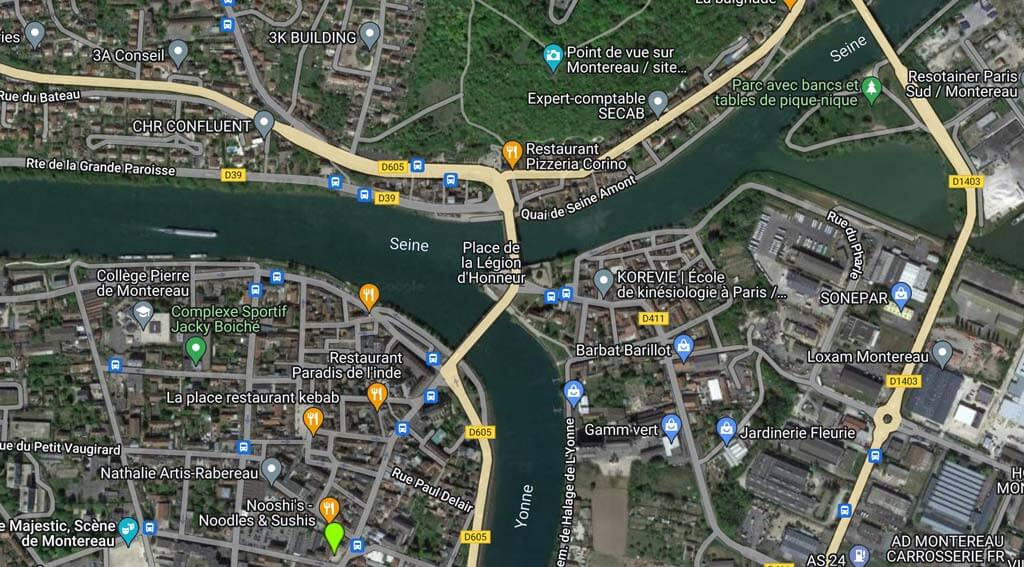
According to hydrographic rules, the Yonne River is the river running through Paris. Theoretically, when two rivers meet at their point of confluence, the one with the most significant flow wins: the smaller is then considered to be the tributary of the larger.
The point of confluence of the Yonne and the Seine Rivers is the village of Montereau-Fault-Yonne, in the Seine-et-Marne department, and it is evident in the picture: here, the Yonne River has an average flow of 93 m3/second, against 80 m3/second for the Seine River.
Therefore, the Seine River flows into the Yonne, and not the other way around!
Why do we say the Seine is the river running through Paris? According to the most commonly accepted version, it is simply a story of influence dating from the Gallic era: the priests and druids of the Seine’s sources were more powerful, so they imposed the idea of their river’s superiority!
An Imposing Character Watches over the River Floods
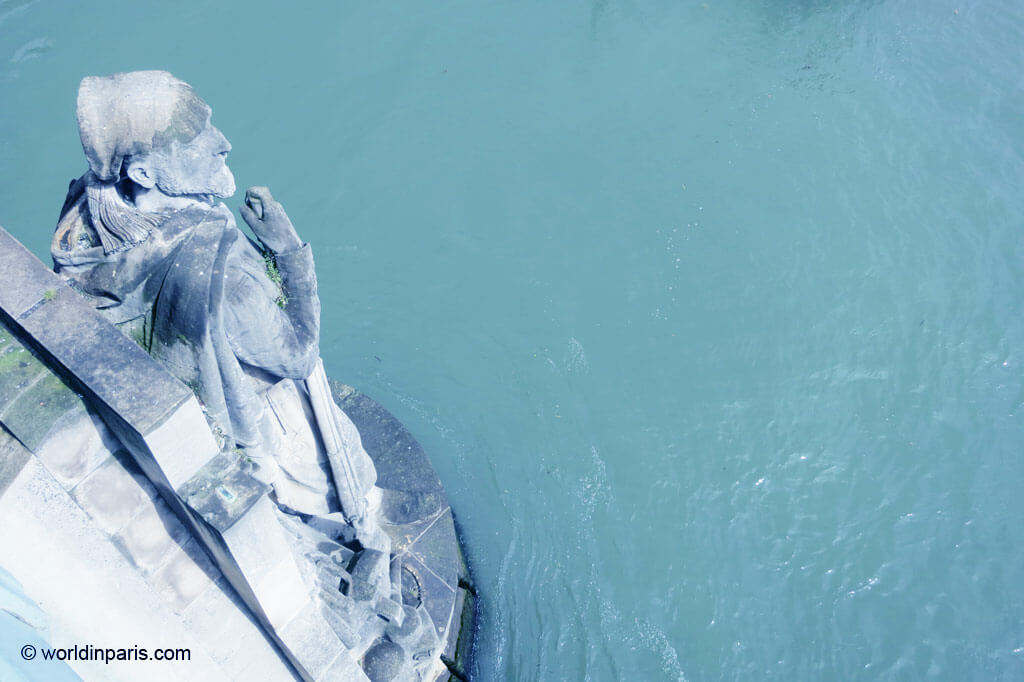
The Alma Bridge (1854-56), inaugurated by Napoleon III to commemorate the victory against the Russians in Crimea (1854), has four sculptures representing the four kinds of soldiers who participated in this war. The Zouave (French soldier from the North African armies) is the only original statue still in its place and has the sad task of measuring the Seine’s floods.
This is not an official measurement system; it is mostly a sentimental thing for Parisians. The access to the footpaths along the river quays is usually closed when the Seine’s level reaches the feet of the Zouave. When the water hits his thighs, the River is not navigable. During the great flood of the Seine (1910), the level reached his shoulders (+8.62m).
Strangest Things Discovered in the River Seine in Paris
Occasionally, some seriously strange things appear floating on the Seine River. This is one of the most curious Seine River facts, and here is a list of some of the craziest findings:
- A Nile crocodile hanging out in the sewers around the Seine
- A snapping turtle from North America was found floating down the Seine, probably abandoned by its owner
- A massive python snake, weighing 40kg and spanning 3m long! The snake had no head when it was thrown into the River
Other random objects found in the Seine River include a Viking sword, guns, scooters, wheelchairs, shopping carts, a baby stroller, a bathtub, and a washing machine…
Can you Fish in the Seine River in Paris?
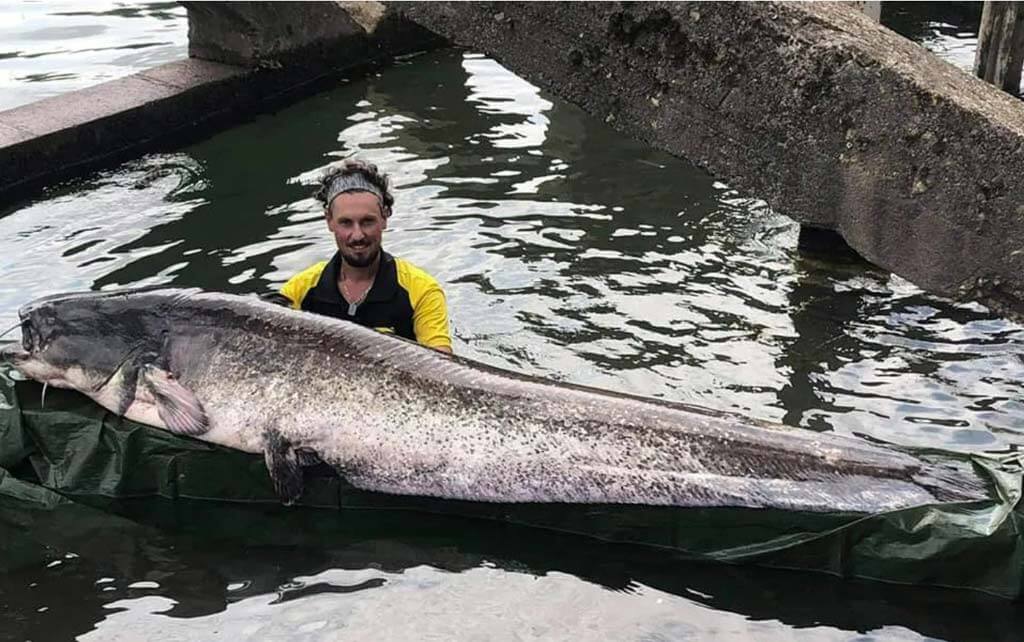
The quality of the water improved in the 2000s and the shores of the French capital are full of fish. Twenty-five years earlier, consuming the product of fishing was not recommended, but now it is possible. Catfish, pike, and carp are the most common species in Paris and its close suburbs. The two largest catches recorded to date are a 90 kg catfish and a 118 cm pike.
A new, younger generation of fishers is taking over the Seine River banks, transforming a centuries-old tradition into a trendy activity. During the official fishing season from May to January, young fishers meet at certain spots by the Seine River or by the Canal Saint-Martin and Canal de l’Ourcq, where the water is calmer and warmer.
The fishing federation of the Parisian region has 8,500 members, all of whom buy an annual license for about 105€ (several options with different prices). It is also possible to purchase a daily license for 12€. You can get your fishing card at Decathlon Paris 19, 203 Boulevard Macdonald.
Can you Swim in the Seine River in Paris?
The Seine River in Paris will host some competitions of the Summer Olympics 2024: open water swimming, marathon swimming, and triathlon. After the Olympics, the City will define three areas for swimming in the Seine River in 2025.
We are still waiting for all the water indicators to be green.

